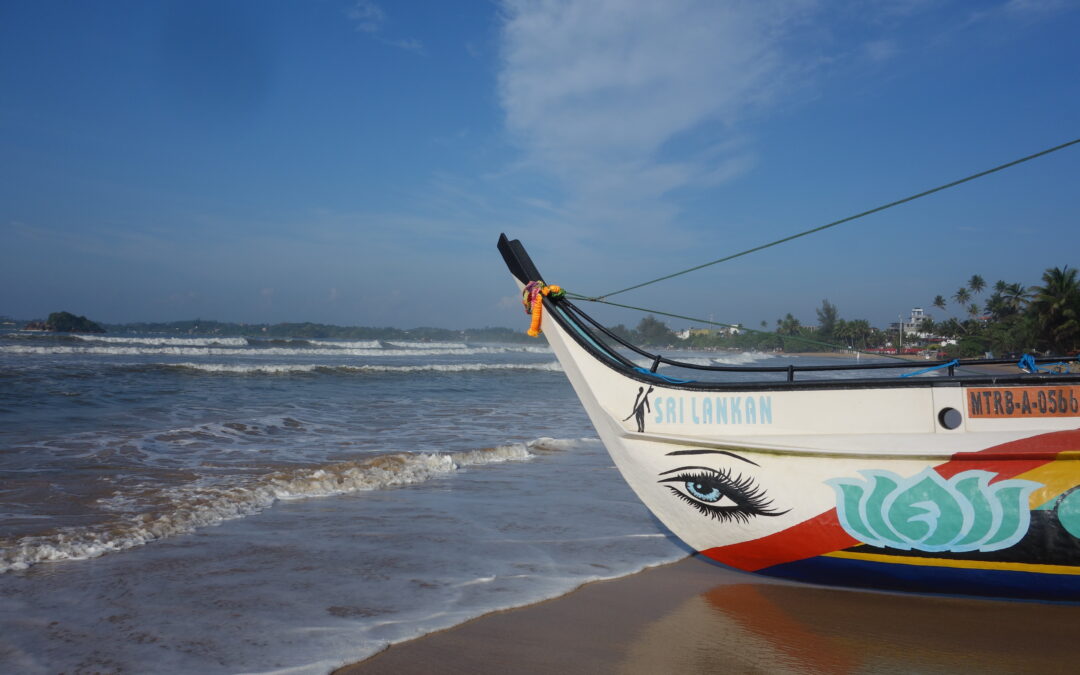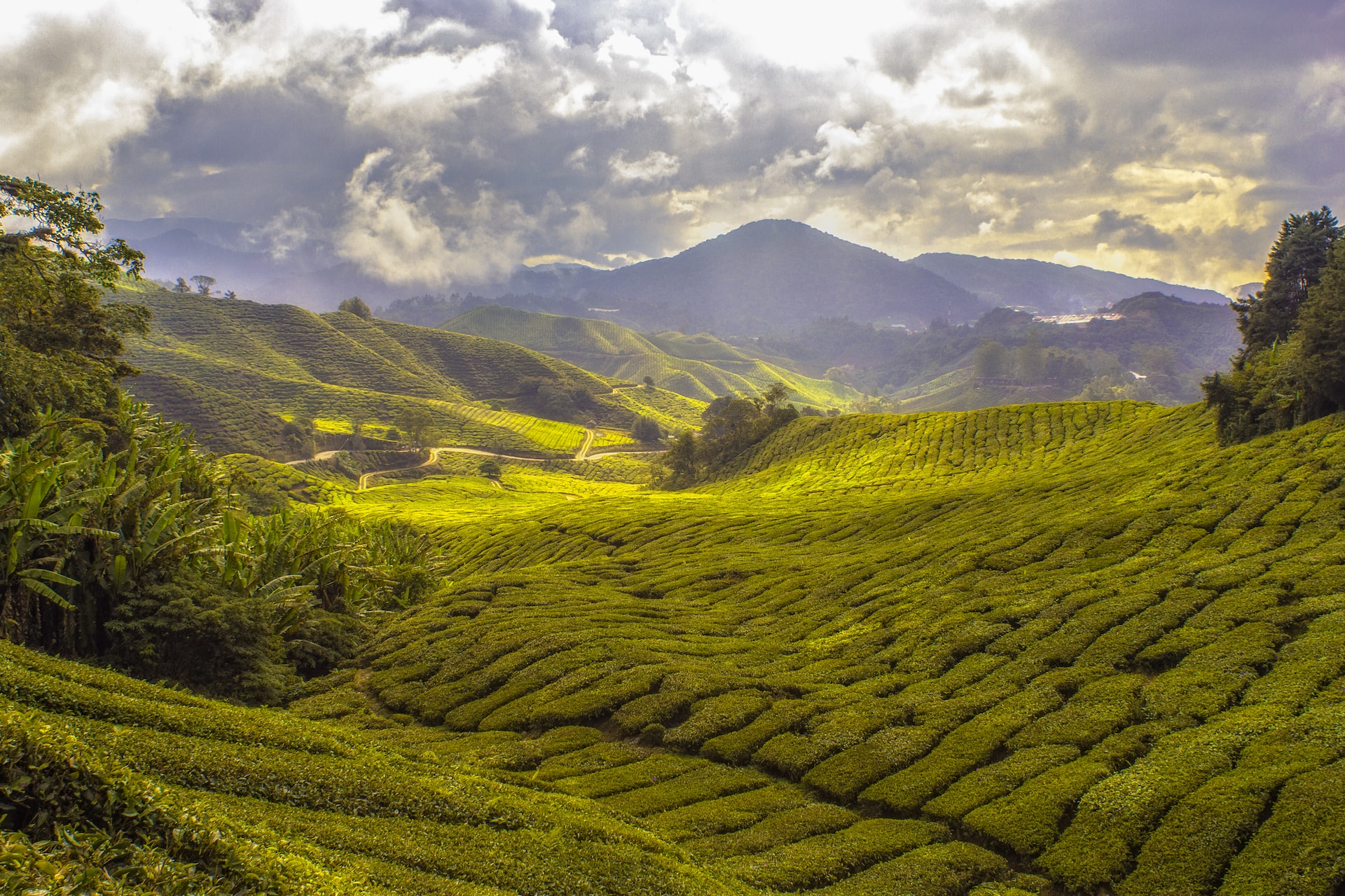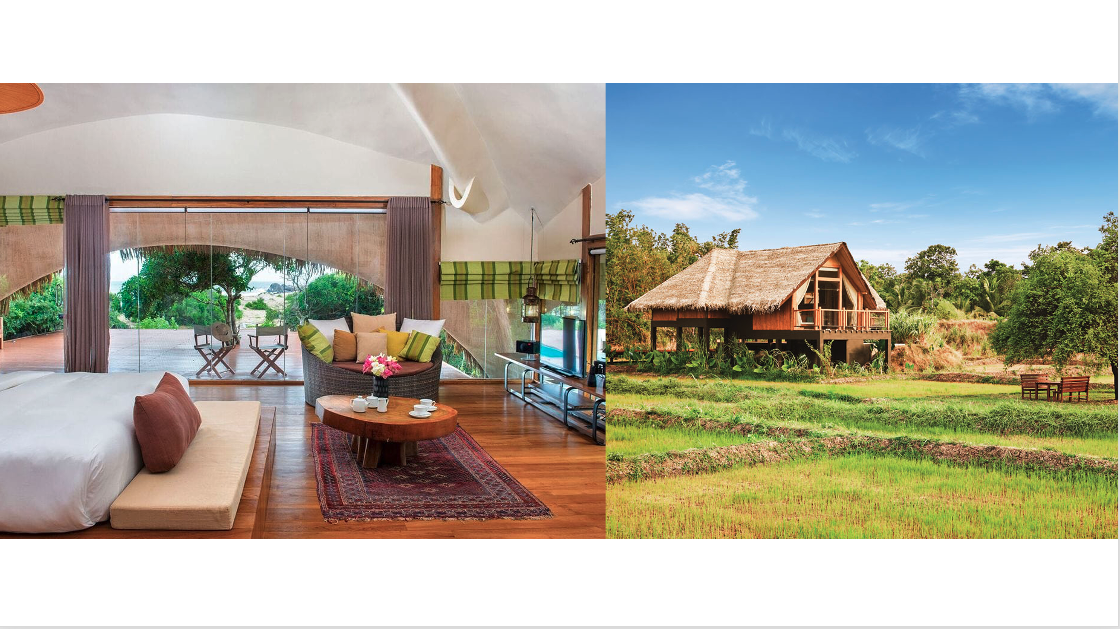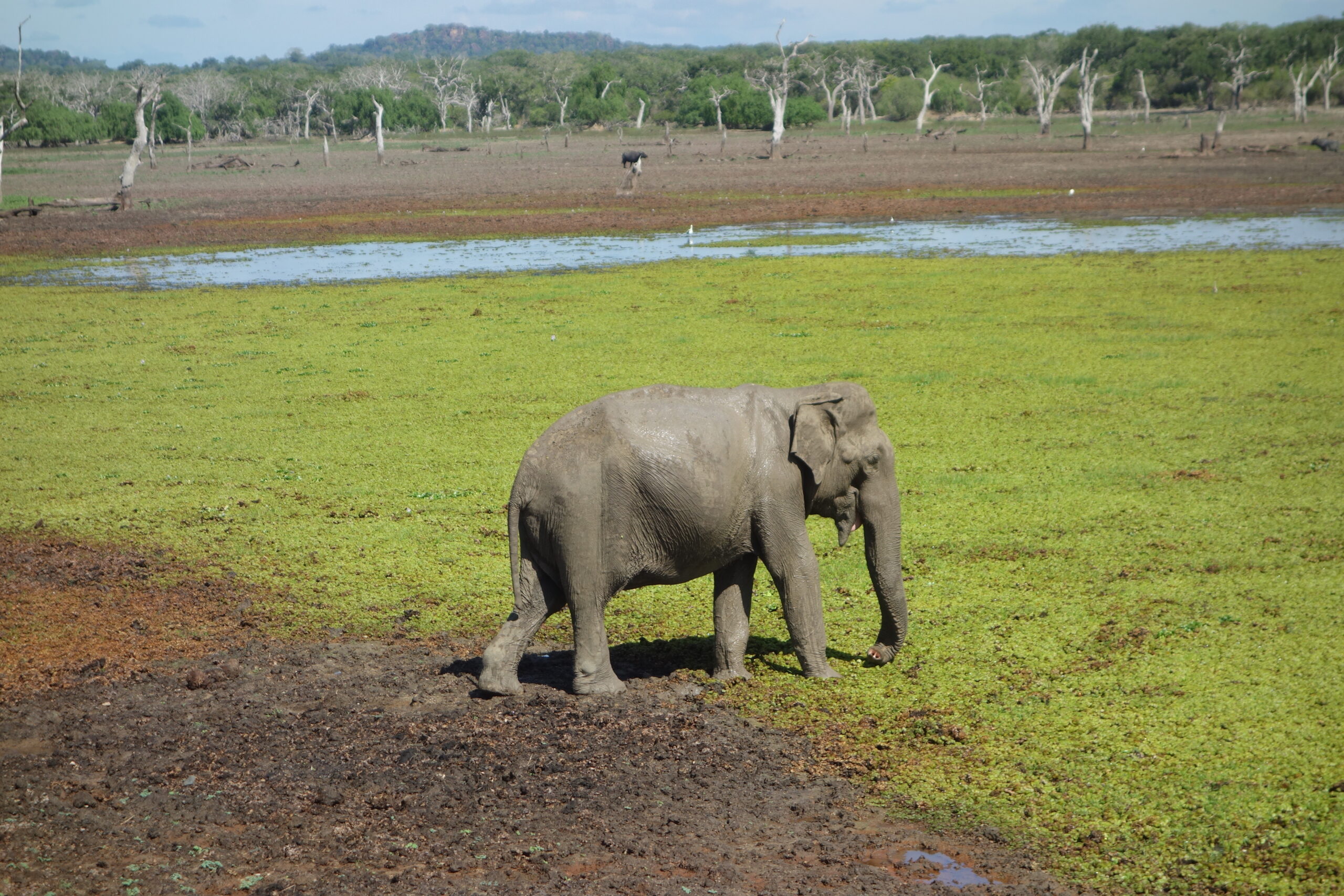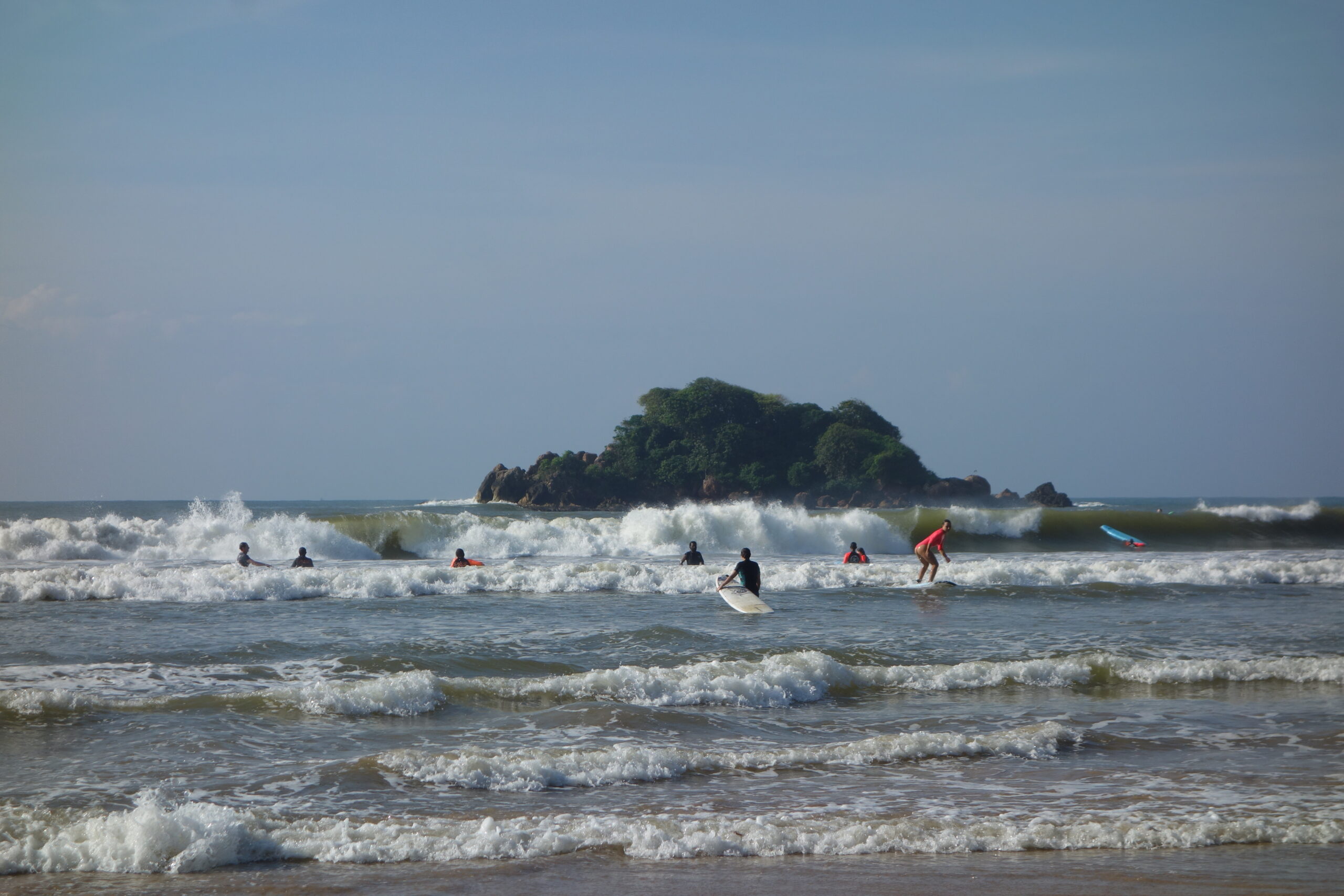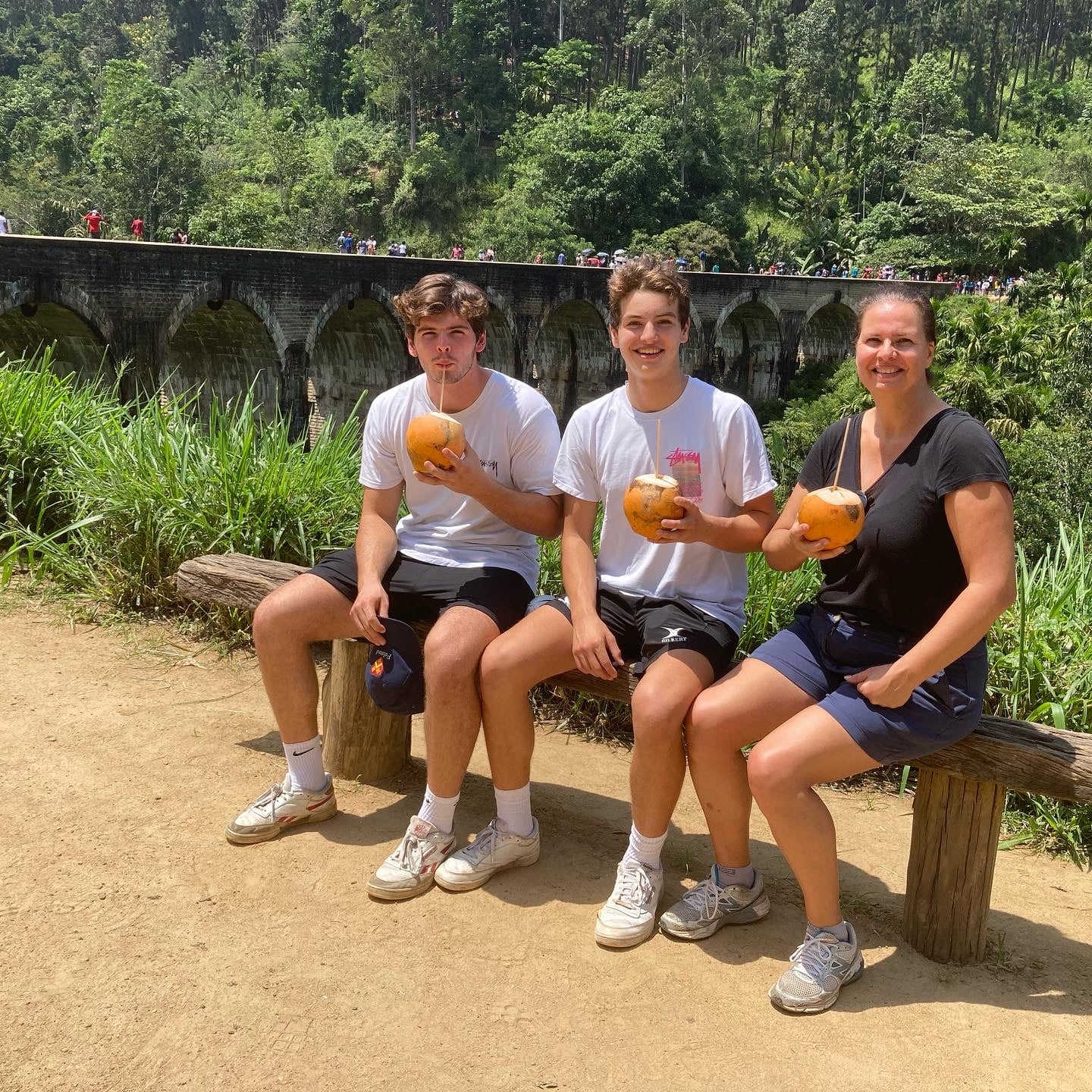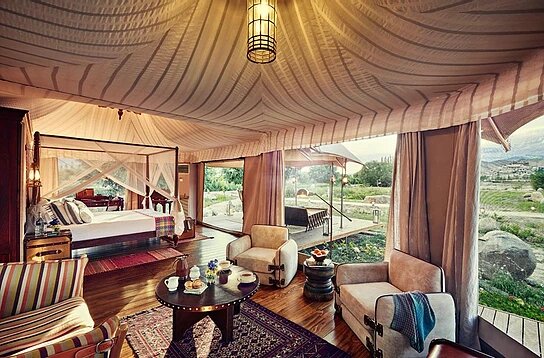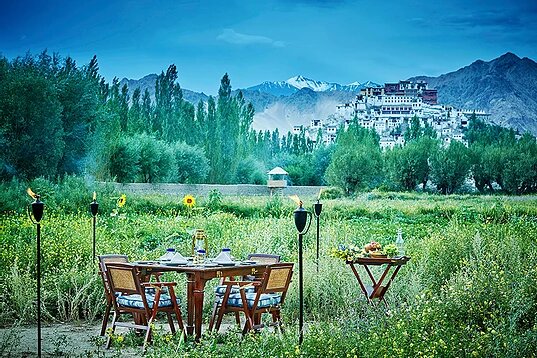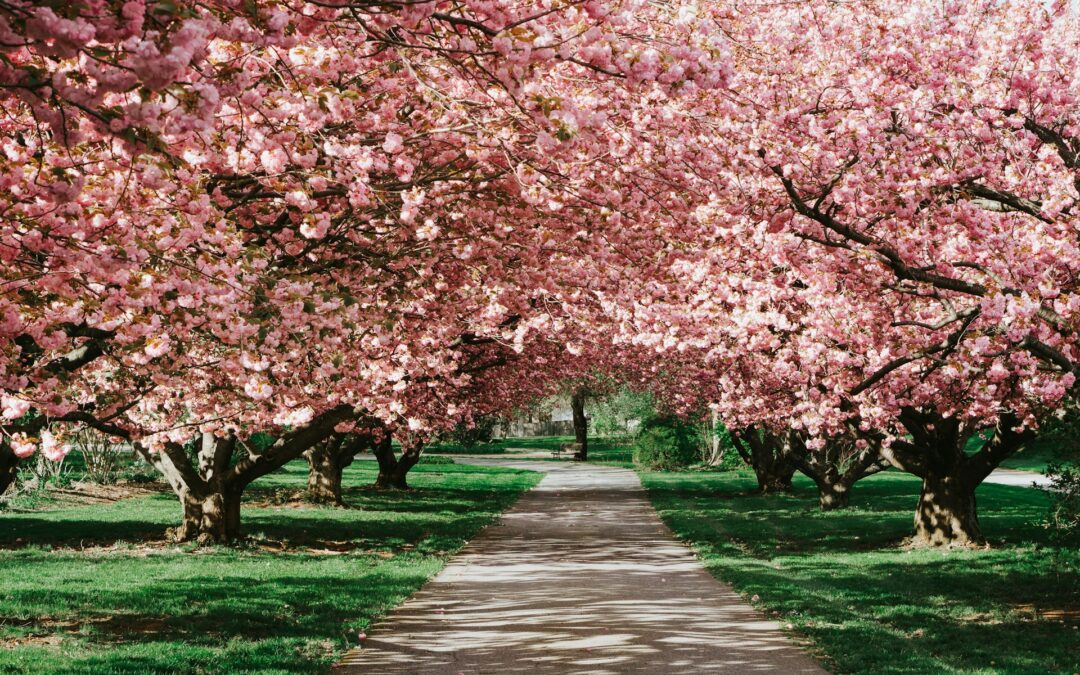
The time of festivals has come
The world reawakens to a symphony of colours and joy with the gentle rhythm of spring renewal. Every year, traditional cultures all over the world celebrate the rebirth of nature, capturing the essence of this enchanting season. From thousand-year-old ceremonies to modern celebrations, let us depart on a voyage through the vibrant customs and traditions that brighten up our world.
Be prepared to discover the cultural diversity that transpires from every celebration, like a unique gem in the world’s kaleidoscope.
A detour along the Route of Silk…

Nowruz is an ancestral celebration of the renewal of nature at the time of the spring equinox, the date of which varies according to the lunar calendar. Prohibited during the Soviet era, the word Nowruz means “new day”, or in other words, the first day of spring.
It is celebrated as the start of the new year in the Balkans, Central Asia and the Middle East. It is a time for strengthening the bonds between people, by putting the spotlight on Eastern and Western traditions based on the exchange of human values. The custom requires you to forgive even your worst enemies, not quarrel, help the weak and the needy. All of this is meant to bring good luck into your house!
During the celebrations, the streets are festooned with flowers, fairs are held and tables are decorated with seven popular dishes. It also provides an opportunity to watch sporting events such as buzkashi, an equestrian sport popular in the culture of Central Asia.
Nowruz was added to the UNESCO List of the Intangible Cultural Heritage of Humanity in 2009.
…and of spices.
LThe Silk and Spices Festival is one of the most ancient celebrations in Uzbekistan. It is traditionally held in Bukhara at the end of May or beginning of June. The main goal is to preserve the cultural heritage of the Great Silk Road, and to draw attention to the rich traditions of local artisans. Specific and unique abilities expressed through arts and crafts are showcased, such as embroidery, wood carving, carpet weaving and silk weaving. Spice sellers from all over the country flock to Bukhara in large numbers, to exhibit their produce.
Travellers will find themselves in an Oriental fairy tale, starting with a joyful procession in traditional costumes, followed by performances by dancers and acrobats. Throughout the event, spectators can enjoy the beauty of the mosaics, minarets and historical monuments, enlivened by music heralding the arrival of spring.
The festivities end with a grand concert of Uzbek folk music.
A magical Festival of Lanterns
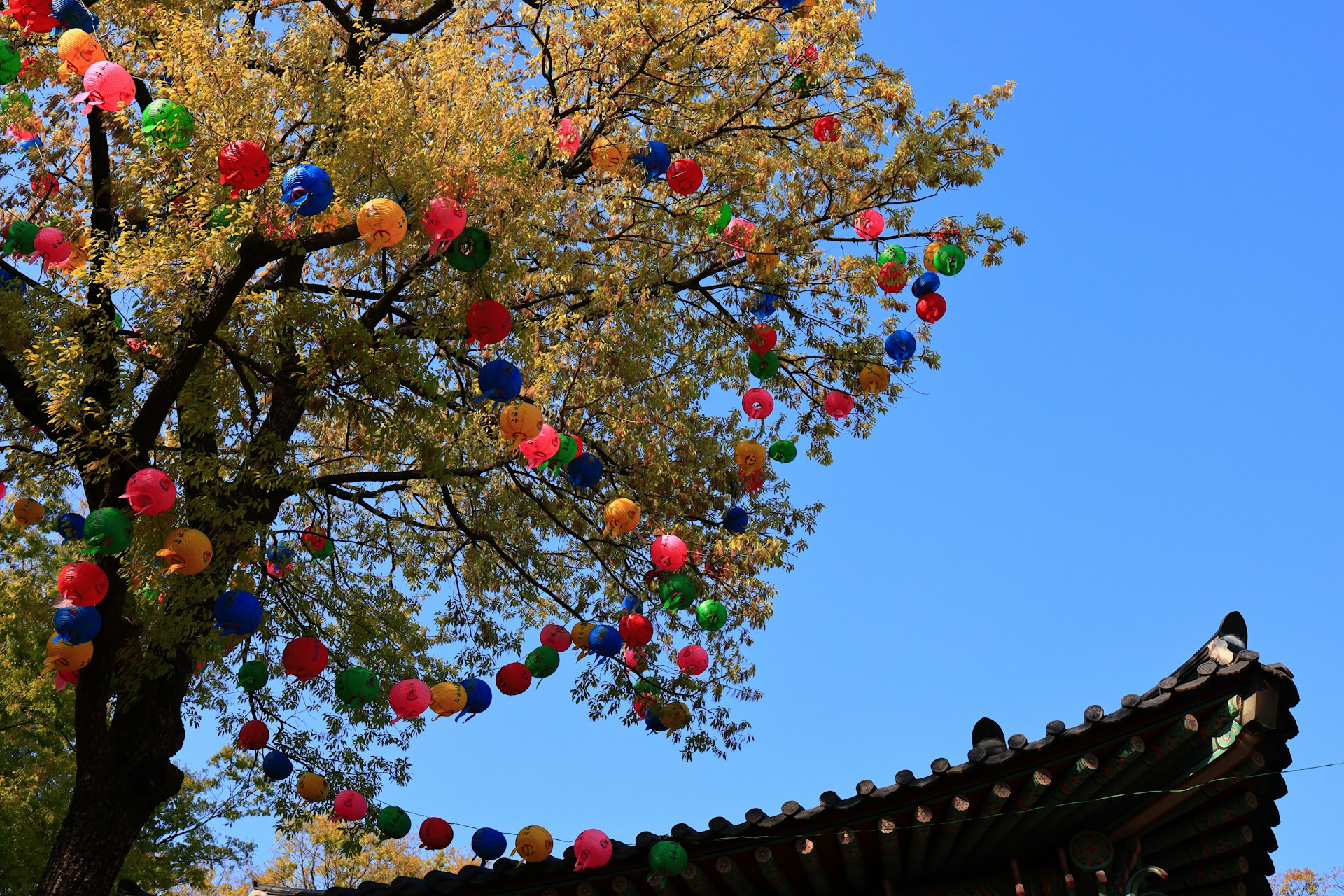
In South Korea, when winter slowly gives way to the warmer temperatures of spring, a floral ballet commences. Seoul comes alive with a plethora of performances during the “Yeon Deung Hoe”, the Lotus Lantern Festival, held in spring. This time of year is enlivened by the many magnificent lanterns that light up the streets, creating an enchanting, spiritual atmosphere. Parades take place in town, to show off the paper lanterns, which come in all shapes and sizes. Participants wear traditional costumes, known as hanboks, mingling with others dressed in modern clothing, symbolising the harmonious union of the past and present. There is dancing and singing to celebrate the life and teachings of the Buddha, whose birth is commemorated by the community. The parade symbolises the light of wisdom and its victory over darkness. Each lantern also represents wishes for peace and joy for the universe. Once night has fallen, thousands of lights twinkle along the riverside, creating a magical scene that reflects the star-studded sky.
This is the ideal time to witness the renewal of nature, as the city transforms into a lively tableau of bright colours and captivating fragrances.
The streets awaken to the promise of spring and the arrival of the cherry blossom. The parks and gardens become bucolic scenes where tulips, daffodils and azaleas bloom.
Climb to the top of one of the hills in Haneul Park and you will enjoy spectacular views of Seoul stretching out below, speckled with thousands of bright patches of colour, to embrace the renewal of spring from above.
Be prepared to discover the cultural diversity that transpires from every celebration, like a unique gem in the world’s kaleidoscope.
Immersed in religious fervour

In Bhutan, religious festivals mark an important point in the local calendar. Paro Tshechu, meaning the “tenth day”, is one of the most famous festivals, and refers to a precise moment of a given month in the Bhutanese lunar almanac. Celebrations are held over five days in the heart of a monastery. More than a simple commemoration, each festival involves an exhilarating dance between the traditions and spirituality that characterise the kingdom.
The dazzling colours of the silks and shimmering embroideries, the exquisite masks with fanciful expressions and the spellbinding dances all come together poetically. Each gesture, each movement is carried out at the rhythm of drums and flutes, paying homage to Guru Rinpoche, who brought Buddhism to the country in the 8th century.
Sacred chants, intended to banish evil spirits, ring out throughout the majestic Himalayan mountains. Colourful, perfumed offerings scent the air with divine fragrances, creating a communion between the locals and their protector. An invitation to a spiritual and cultural voyage, a charming event a lucky few will witness between the end of February and middle of March. This fascinating festival is celebrated in the Paro Taktsang Monastery, also known as the Tiger’s Nest, and across the whole valley, the beauty of which is spellbinding.
Prepare yourselves to uncover the cultural diversity that emanates from each celebration like a unique gem within the global kaleidoscope.

